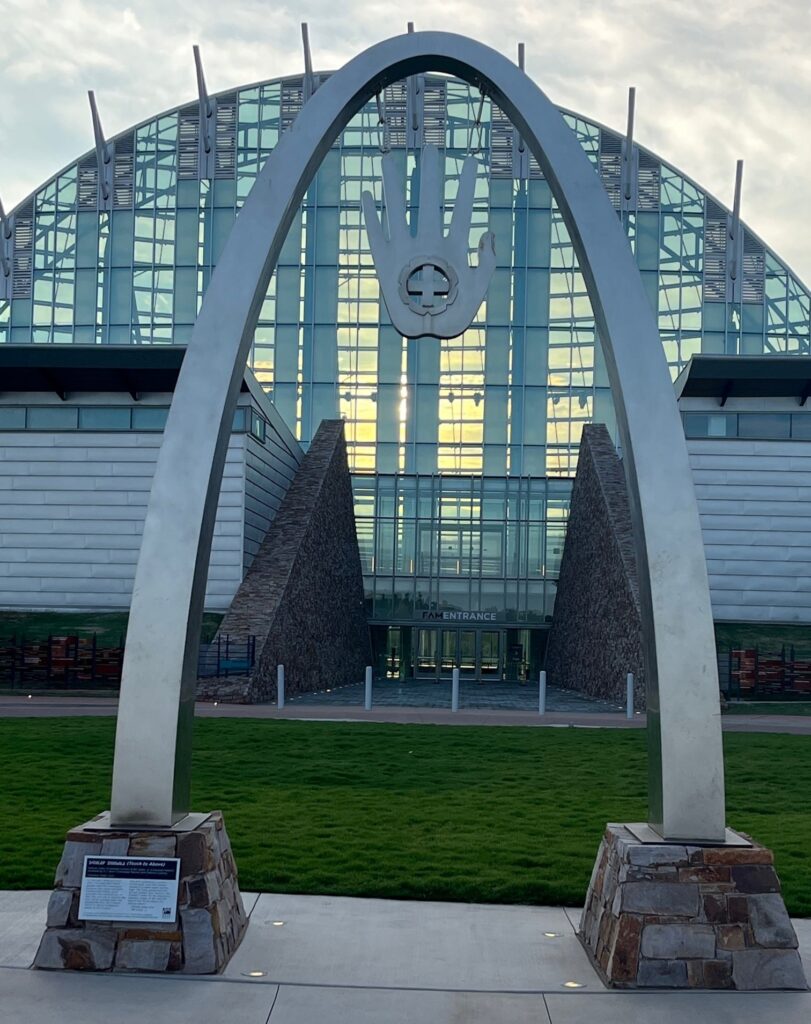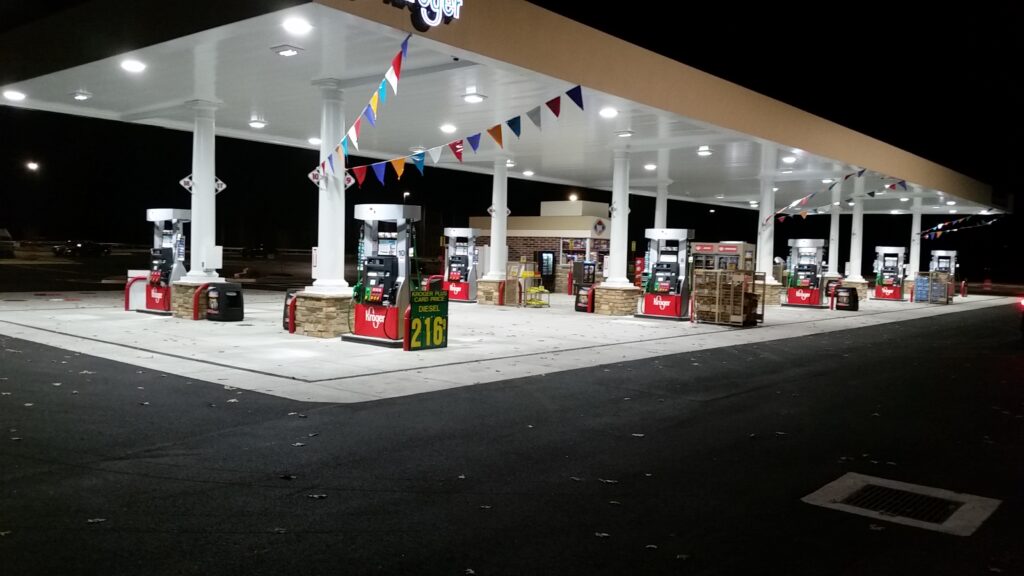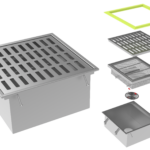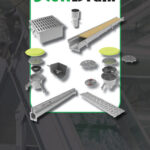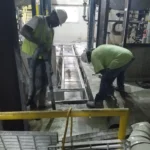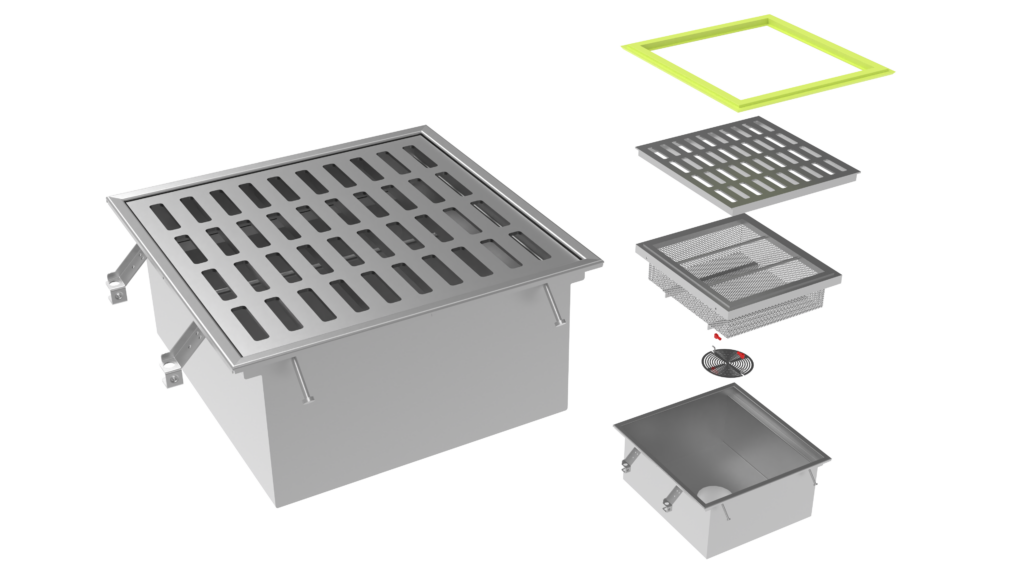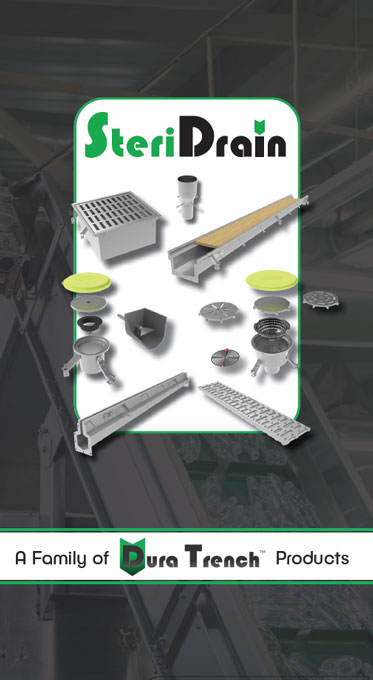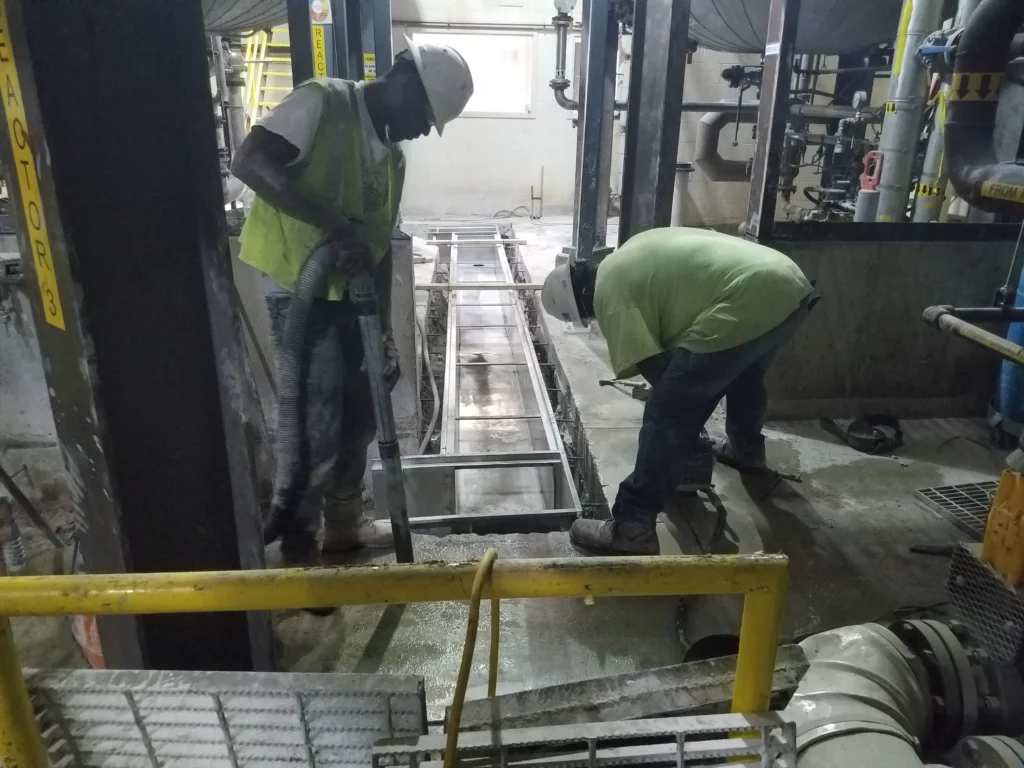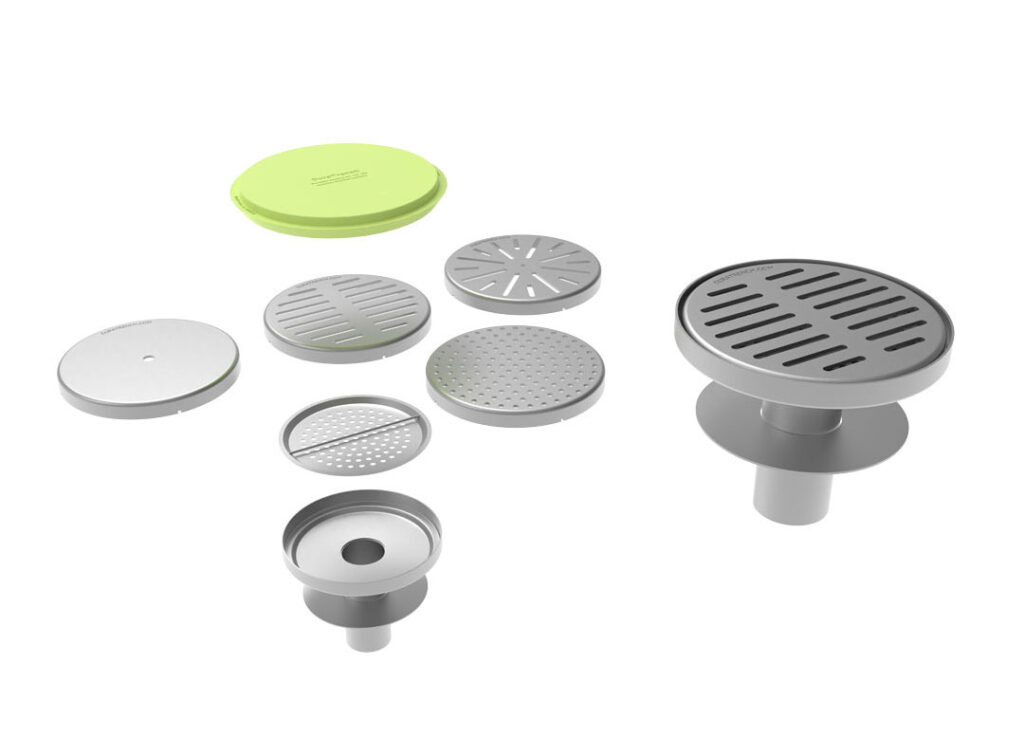Construction projects require a wide array of considerations to be kept in mind. You need to be sure that you can build the structure quickly, but you can’t afford to miss any of the initial steps that make it possible to create a new structure on a prompt timeline. Construction jobs actually depend heavily on drainage of various kinds so that the property can be utilized effectively during the construction job.
Trench drains are one of the most important types of drains needed for a construction project, and you will likely need to add these drains before you do too many other things on your job site. Being aware of the role that trench drains play in your construction job can help you avoid common pitfalls related to drainage as you are working.
What do Trench Drains do in Construction?
Proper drainage plays many roles on your construction site. Be sure to keep these factors in mind when you are looking at your options for managing standing water on your job site.
1. Remove Excess Water
One of the main problems that can lead to job slowdowns and delays is issues with standing water collecting on the job site. Water that should not be present in areas where building activity needs to be happening can be tough to remove if you don’t have the right drainage in place.
Trench drains are easy to install and can be made to be quite durable. If you are prepared, you can install trench drains at your job site that can hold up to large vehicles passing over them and which will be beneficial to the property even once the building is completed.
Trench drains keep mud and standing water at bay, which can lead to the risk of injuries and prevent things like the foundation from being laid for your building. Be sure that you are keeping excess water removal in mind when you are looking at construction jobs of any kind, and plan to add trench drains in any areas where you think you might have to deal with standing water in the future.
2. Increased Storage and Working Space
When you have the standing water on your job site handled, you can store more necessary materials and equipment on-site, and you will have the necessary room to be able to build and deploy stages of the building process without worrying about water or mud preventing you from working. Standing water is the enemy of usable working space on any job site, and the more open space that you have to drive vehicles and machines, the better.
Being able to count on an open space for assembly and delivery of materials is also key. Without these essentials in place on your job site, you will likely struggle to keep pace with your intended building timeline. Trench drains can help you to meet this basic need with ease and without breaking the bank. And best of all, these drains can be used later on when the building is done to keep the property from having standing water issues.
3. Safety
Mud and standing water are just not safe. It is so easy to deal with slips and falls and problems with machinery that can lead to injury or accidents if you have mud and standing water all over your job site. Besides that, no one wants to have to work in spaces that are filled with water or mud, and your team of builders and construction staff might take risks just to avoid standing in or working in the water on the site.
You will ensure the safety standards of your construction project in so many areas of the job site just by preventing standing water and handling issues with mud properly. Trench drains will not create any kind of tripping hazard once they are installed, and you can also opt to select grate covers that will allow you to drive vehicles over the trench drains once they are in place.
Safety is one of the key issues on every job site that everyone needs to keep in mind, and having trench drains in place on your construction site can help save the day over and over again when it comes to job site risks.
Construction Sites Require Proper Drainage
You simply cannot operate a safe construction site if you do not have the right drainage in place. You will need to consider trench drains as a front-line defense against issues with safety, messy conditions that make it tough to construct and deploy different parts of the building process, and so much more. Trench drains will be needed once the building is complete anyway, so you are saving time and money by installing the necessary drainage before you even start building anything else on your construction site.
Trench drains can be made to withstand the pressure of vehicles and the need to tolerate lots of feet passing over them every day. You have lots of options when it comes to construction site trench drain design to ensure maximum safety as well as maximum usable space while you work on the project.

